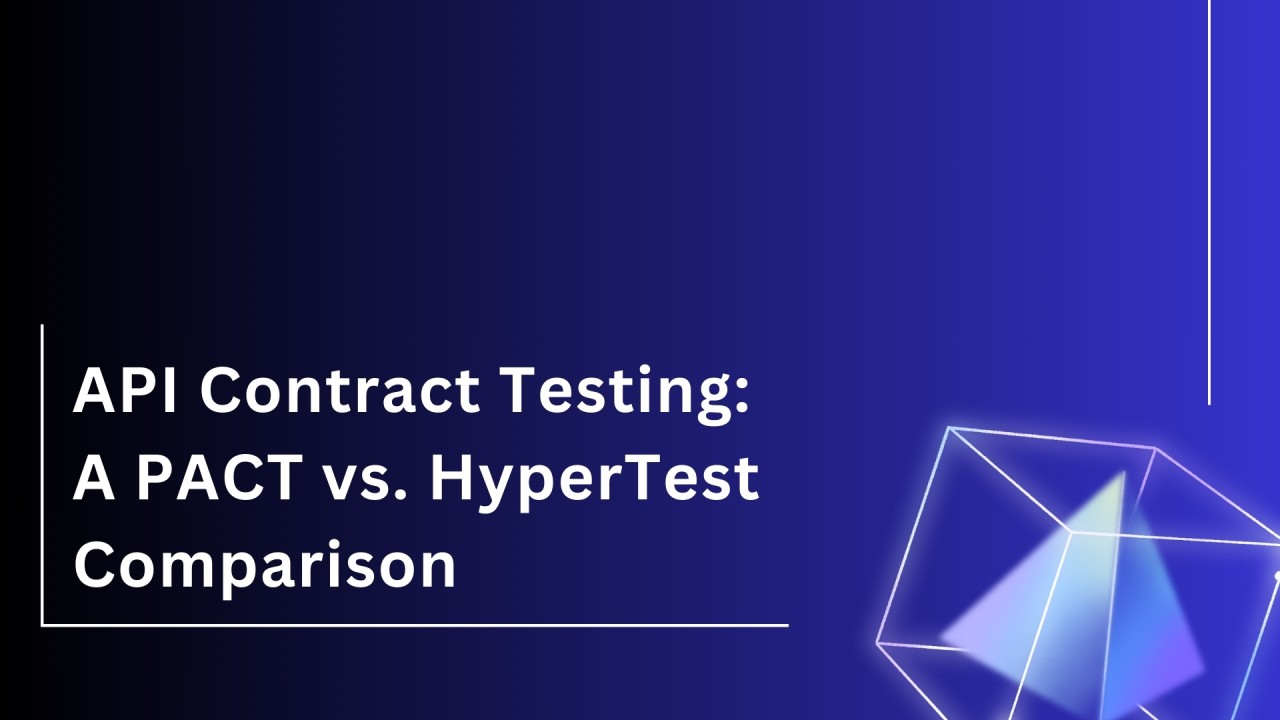
API Contract Testing: A PACT vs. HyperTest Comparison
Naveen Murugesan
Digital Marketing Expert at Direct7 Networks | 5+ Years Experience | Proven Success in Enhancing Website Performance | Certified Digital Marketing Professional.
In the evolving landscape of software development, the need for reliable testing methods is paramount. PACT and HyperTest are two methodologies that have emerged to address this need, particularly in the realm of API contract testing. This article delves into their differences, advantages, and how they’re changing the game.
Scope of Assertions
Traditional unit tests, as employed by PACT, focus on the correctness of the code under test. However, HyperTest expands this scope to integration-style tests, ensuring not just code correctness but also the integrity of API responses, inter-service contracts, queue messages, and database queries.
Quality of Assertions
While PACT relies on manually written assertions that may miss logical correctness, HyperTest offers programmatic assertions. These are both deeper and wider, covering every conceivable corner case, thus providing a more robust safety net for your code.
Realism of Test Scenarios
PACT-style tests are built on scenarios developers assume to be comprehensive. HyperTest, on the other hand, constructs tests from real-world scenarios, enabling a faster and more thorough application coverage than manually written tests.
Contract Tests
The manual effort required to write and update contract tests with PACT can be significant, especially if contracts change. HyperTest automates this process, generating and updating contract tests as needed, thereby eliminating manual effort.
Quality of Contract Tests
PACT-style contract tests are adept at catching schema changes but may overlook changes in data values. HyperTest’s generated contract tests excel in detecting both schema and data value changes, offering a more complete testing solution.
Collaboration
领英推荐
With PACT, if a producer changes a contract, it must manually update the PACT file, or the consumer risks failure in production. HyperTest streamlines this process by automatically notifying the consumer of any contract updates before the producer merges changes to production.
Resilience to Changes
PACT tests can become outdated as external services change, leading to less effective tests. HyperTest’s tests are designed to adapt to changes in external services, maintaining their relevance and effectiveness over time.
Test Maintenance
PACT requires ongoing test maintenance to keep up with changes. HyperTest, however, requires no maintenance as tests and mocks are auto-generated and auto-refreshed.
Scope of Testing
PACT’s testing scope is limited to the internal logic and behavior of code units, potentially missing integration failures like breaking contracts between services. HyperTest covers integration scenarios, providing a more comprehensive testing framework.
Conclusion
HyperTest represents a significant advancement in API contract testing , offering a more automated, comprehensive, and maintenance-free approach compared to PACT. As software development continues to evolve, tools like HyperTest will become increasingly vital in ensuring the delivery of high-quality, reliable applications.
This article provides a high-level overview of the comparative advantages of HyperTest over PACT, highlighting the shift towards more automated and realistic testing scenarios in software development. For a more detailed exploration, you can visit the comprehensive comparison on the HyperTest website .